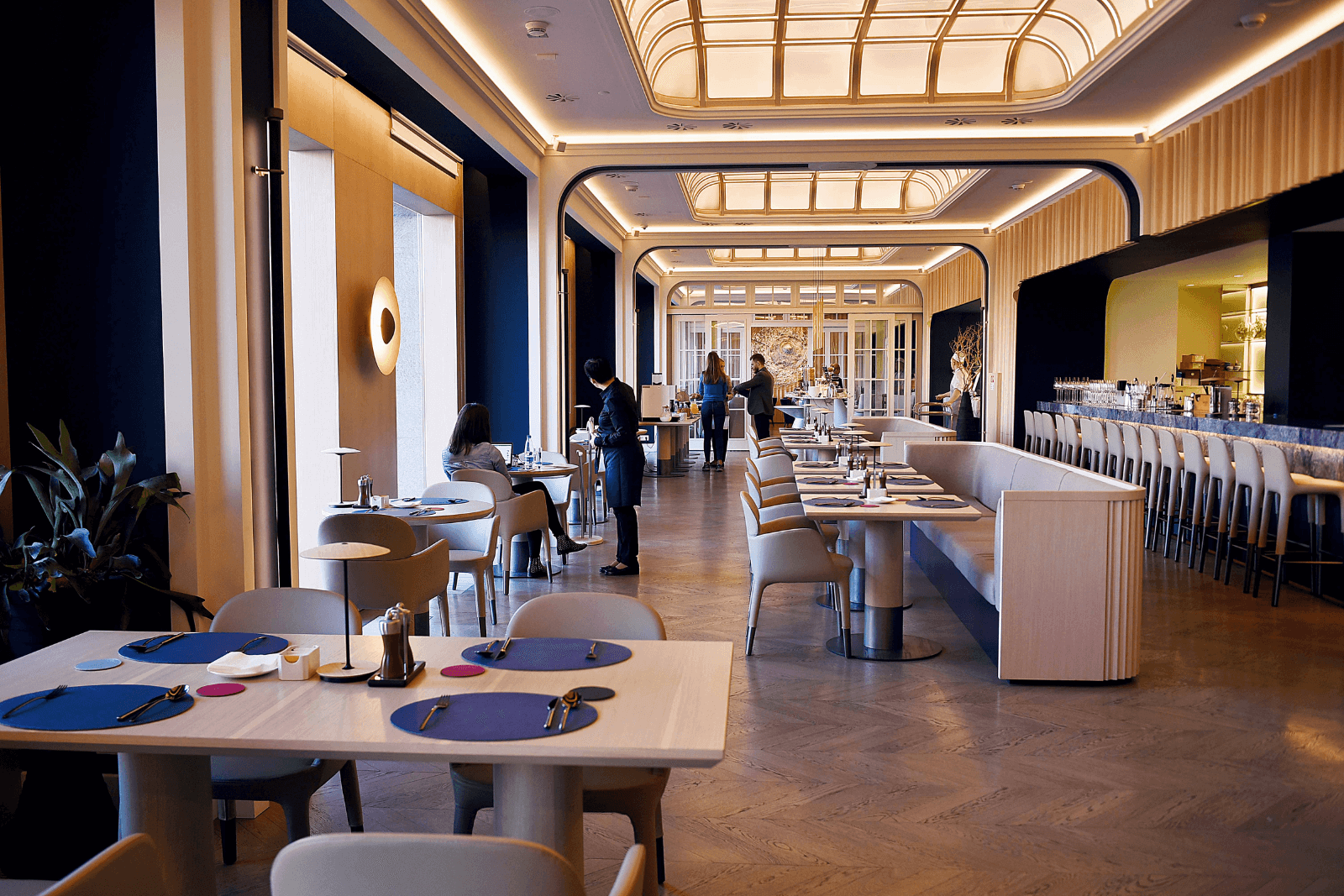Understanding the dynamics of your restaurant capacity isn't merely good practice, it's necessary for the survival of your business.
Mismanaging your space and the number of people it can take in can lead to overcrowding, impatient customers, and an overwhelmed staff, reducing profitability and customer satisfaction.
This article will explore three core aspects that affect your capacity, and offer guidance to avoid such pitfalls.
By thoroughly examining these areas, we believe you will gain insights that will empower you to improve your operations effectively.
So, let's embark on this journey together, starting with a fresh look at the crucial role your restaurant's concept plays in determining its capacity.
Your Restaurant’s Concept
Your restaurant’s concept entails more than just its aesthetics or the ambiance, but it’s a key determinant of your establishment’s dining capacity.
Different restaurant concepts shape distinct dining experiences, dictating the flow of traffic, seating arrangement, and the number of guests you can serve.
Consider some of the more common restaurant concepts out there in the next image.
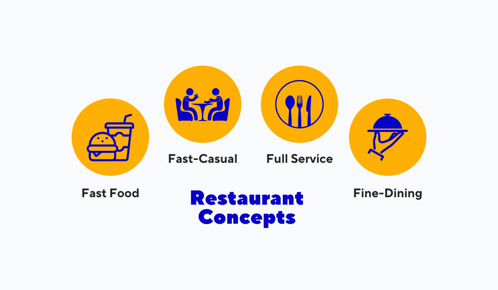
Source: Tablein
In general, fast food and fast-casual restaurants will focus on the speed and volume of service, while full service and fine-dining establishments will prioritize the guest’s experience more, often leading to a lower capacity with fewer tables and a more spacious layout of the restaurant.
Let’s illustrate what we mean by comparing a fine-dining restaurant to a more fast-casual-oriented eatery.
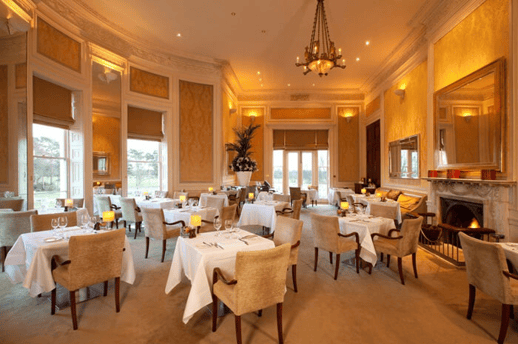
Source: BluEnt
The image above shows the layout of a typical fine-dining restaurant. As you can see, the focus is on providing a premium, intimate dining experience for guests.
This means fewer tables spread out for privacy and comfort, in a pleasant and tastefully decorated space.
This exclusive and inviting ambiance justifies a higher price point, compensating for the reduced restaurant capacity, and ensuring your business remains profitable.
Now, let’s contrast this restaurant with a fast-casual establishment.
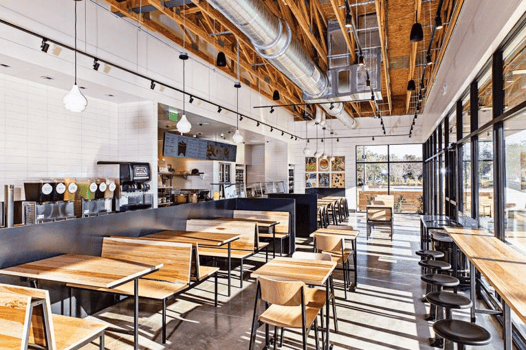
Source: QSR
Clearly, this setup accommodates more tables and, therefore, more customers. Fast-casual venues are all about efficient service and maximized turnover, trading off the premium experience for greater capacity.
The capacity differences between different concepts are often dictated by space.
Do you sacrifice adding more tables for a more private and exclusive experience, or do you try to fit the most tables while still maintaining a decent amount of comfort for your patrons?
Your unique restaurant concept, available space, and other circumstances will make it necessary to create a uniquely tailored floor plan, covered next.
Your Floor Plan Design
An effectively crafted floor plan design can play a significant role in maximizing your capacity, allowing you to add more tables to your establishment while maintaining comfort.
As we touched upon in the prior section, specific restaurant concepts tend to be more suited to certain floor plans. Take a look at two of the more common floor plans in the next illustration.
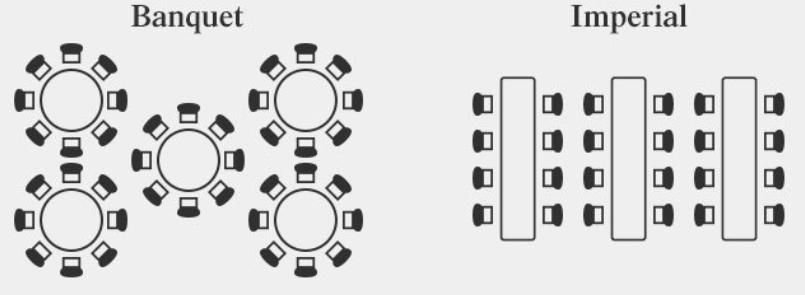
Source: Atlantic Shopping
The banquet style is an ideal fit for family-style eateries, fostering communal dining and having more seats for all family members.
On the flip side, imperial-style floor plan designs are highly efficient for fast casual or fast food establishments, accommodating high customer turnover.
In fine-dining restaurants, you’ll often encounter smaller tables with only a couple of chairs. This floor plan design is intentional, focusing on creating the intimate dining experience we mentioned.
Whichever concept you go for, developing your own floor plan is an art that has a few considerations.
Guest comfort should always be a paramount priority, so you should think about the seating space you will allocate for each of your diners.
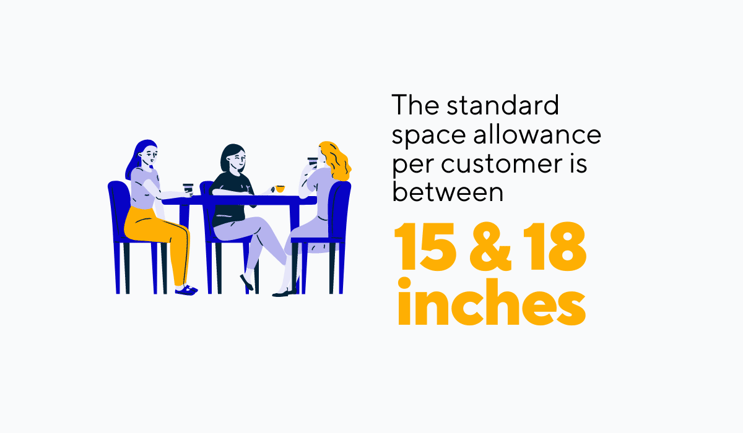
Illustration: Tablein / Data: Restaurant Furniture
The numbers for the standard space allowance per person that are shown above are there to ensure guests can comfortably navigate their seats.
Though these dimensions aren't set in stone, they provide a reliable guideline to prevent overcrowding and maintain smooth operations.
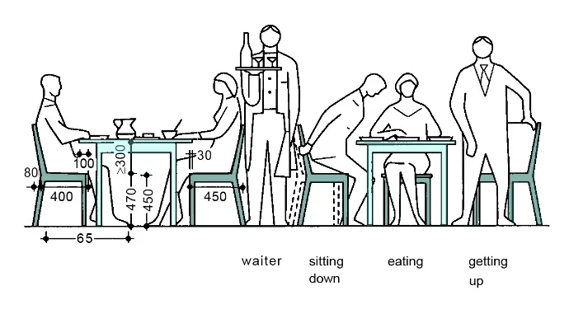
Source: Harrows
Look at the helpful illustration above.
While you don’t have to give each diner 15-18 inches of space, you should still provide space for your waitstaff to move around tables freely.
Moreover, customers should be able to adjust their seats and stand up without knocking on the chairs of other guests and disturbing their comfort.
Space is just one consideration, as you should also consider your table sizes and types, the number of seats per table, table placements, and any decorations that may take up too much space.
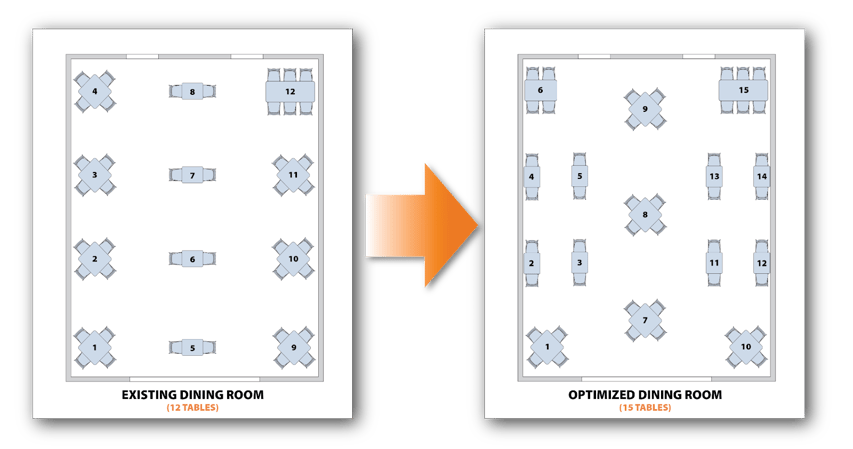
Source: Fastcasual
The example in the image above shows how meticulous consideration of the aspects we mentioned can optimize your seating arrangement to accommodate three additional tables without compromising comfort.
So, thoughtful floor plan design can enhance your restaurant capacity, but what about turning those extra tables into profit?
Your Table Turnover Rate
This is where the final aspect of restaurant capacity, the table turnover rate, comes into play.
The rate at which, at any given period, each of your tables “turns over” or has new guests seated is an invaluable metric that tells you whether you are utilizing your optimized restaurant capacity to the fullest.
The higher the turnover, the more guests are served.
An average turnover rate is 3. But imagine the potential if we nudged that number higher. Consider the next image for a moment.
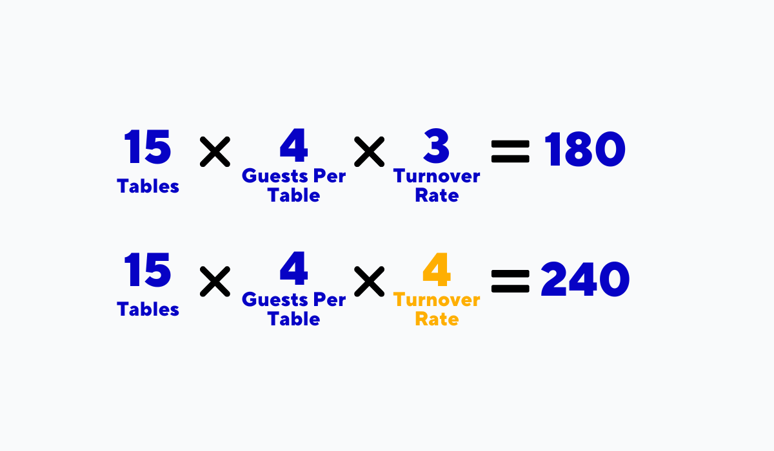
Source: Tablein
What you're seeing here is a snapshot of a table turnover rate increase of 33.3%. From a rate of 3 to 4, your nightly guest count can leap from 180 to 240, given the same restaurant capacity.
Impressive, right?
So, the question becomes: how can we increase table turnover time? One successful strategy you might try is reducing guest wait times.
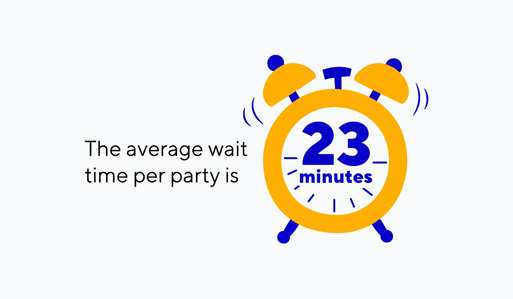
Illustration: Tablein / Data: FSR Magazine
This wait time is the industry average—there are also higher wait times that may indicate some inefficiencies or problems in your restaurant operations or your staff’s workflow.
Addressing these issues can provide a healthy boost to your turnover.
Streamlining operations, training staff, or even introducing booking systems to manage reservations could all help shave off precious minutes, improving your turnover rate and, therefore, increasing your capacity.
Overall, focusing on increasing table turnover can help you find and solve inefficiencies in your restaurant operations, unlocking an unexplored potential for accommodating more guests and boosting your restaurant’s capacity.
Conclusion
In the previous sections, we examined how properly handling your restaurant's concept, floor plan design, and table turnover rate can directly affect and increase your establishment's capacity.
If you've made it this far, you've equipped yourself with the necessary tools to take your restaurant's capacity management to the next level.
You can now strategize better, optimizing space and accommodating more satisfied customers while enhancing the overall dining experience.
Ultimately, your newfound understanding could be the difference between an underwhelming restaurant and an outstanding one.
So, take the reins, apply these insights, and let's toast your restaurant's thriving future!
Get a 30-day Exclusive Trial
As a Tablein blog reader, you’re eligible for an exclusive 30-day free trial to experience our simple reservation solution for your restaurant.
Enter your business email, and we’ll send you all the steps needed to create your account.
Share this
You may also like
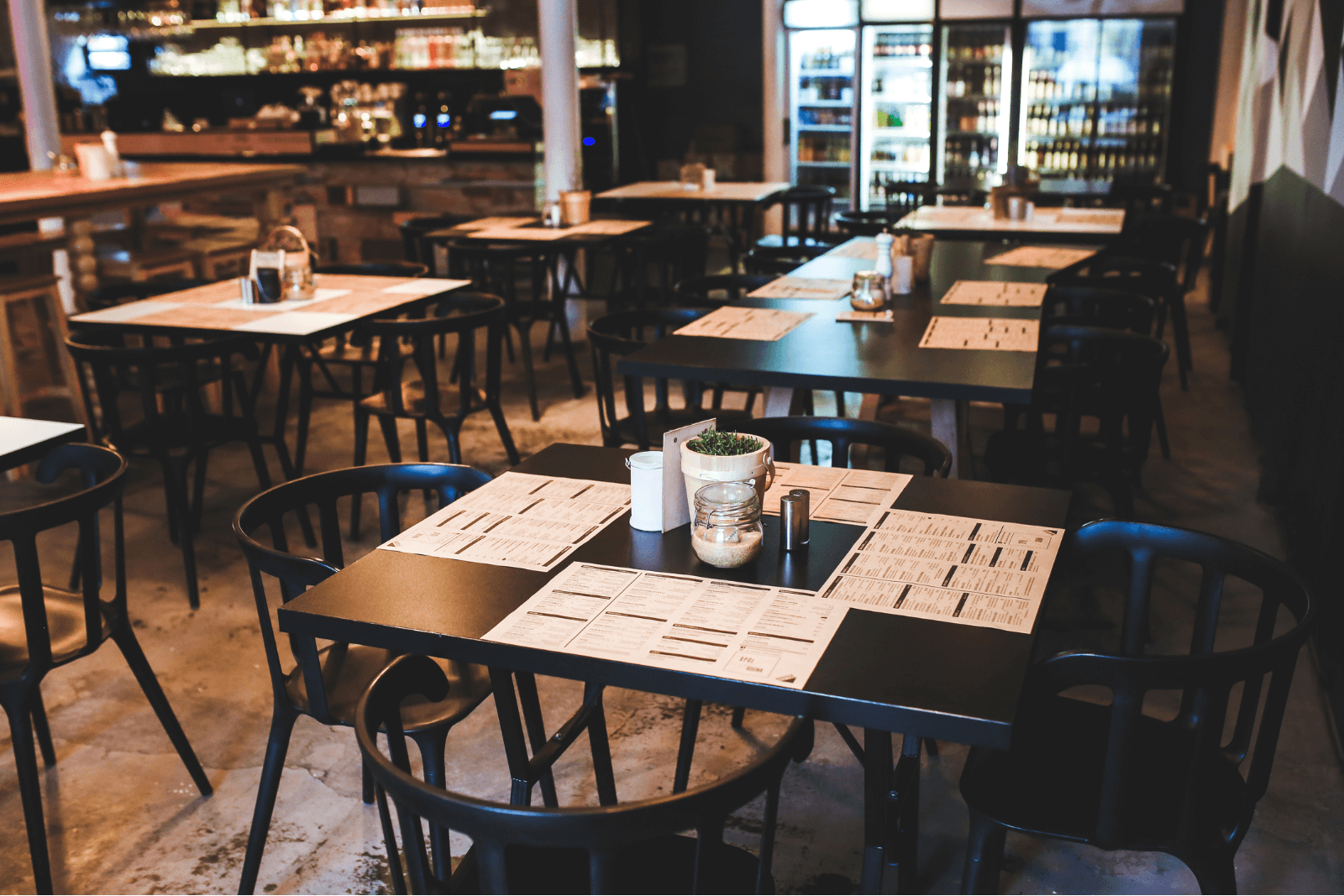
8 Tips to Help You Make the Most of Your Restaurant Capacity

Everything You Need to Know About Restaurant Capacity
